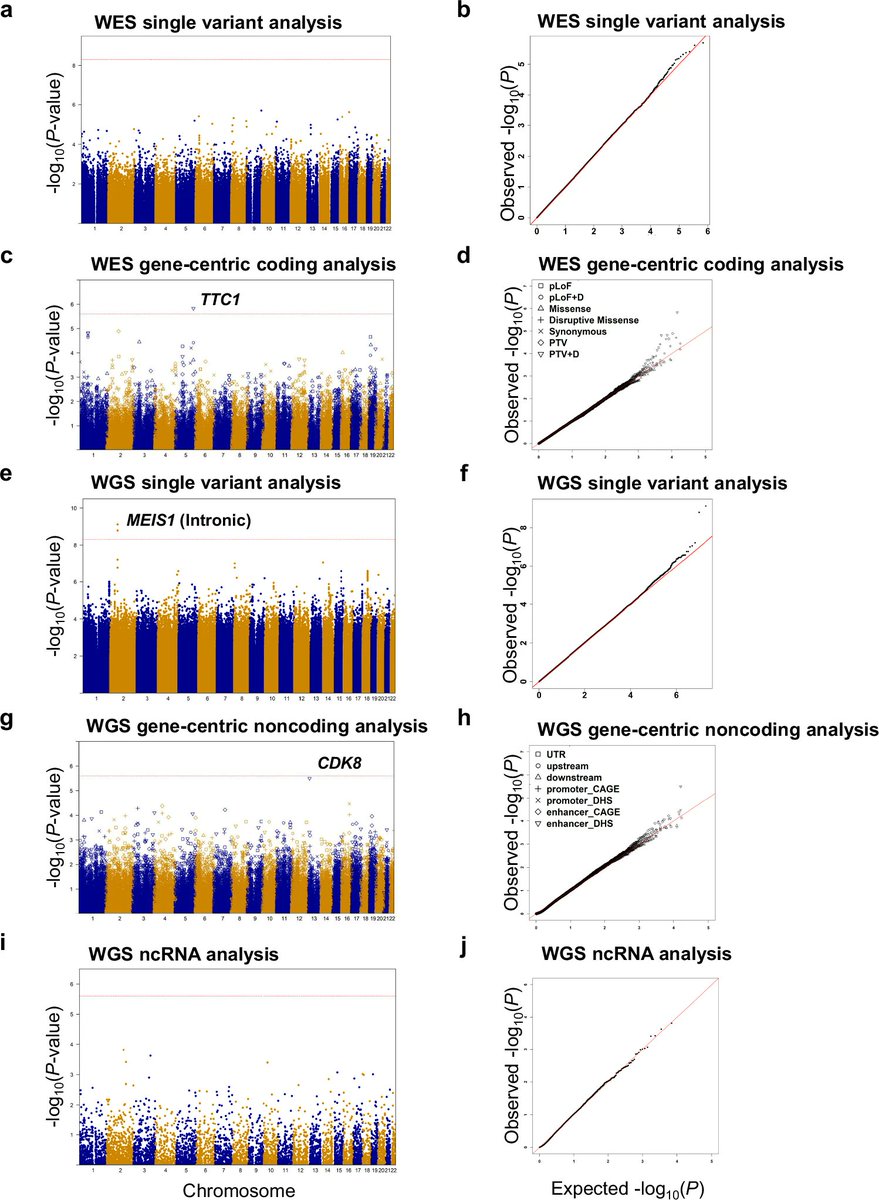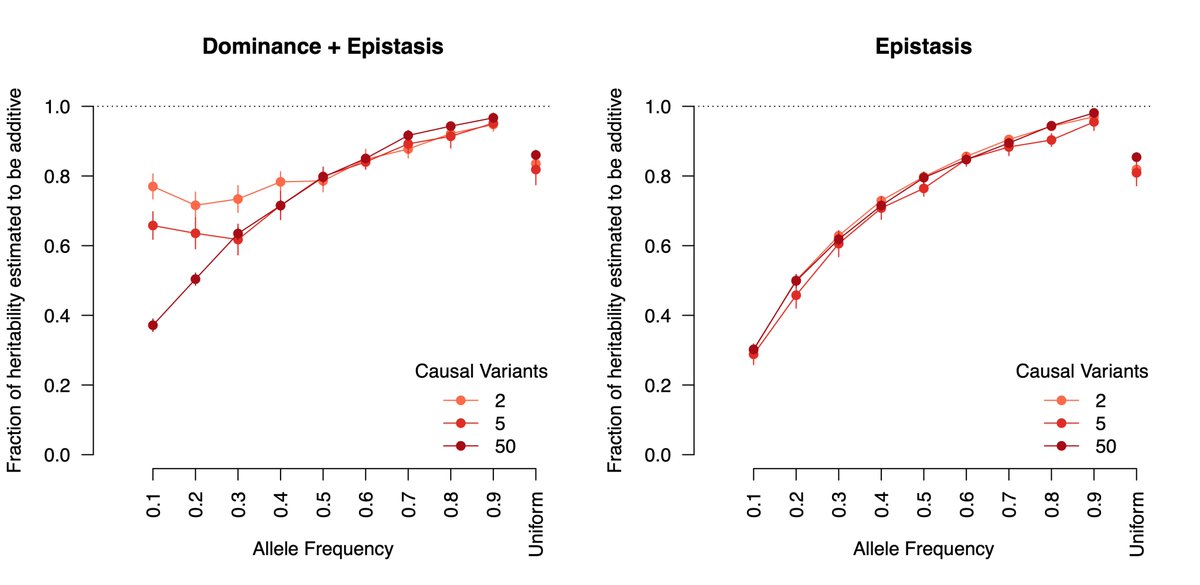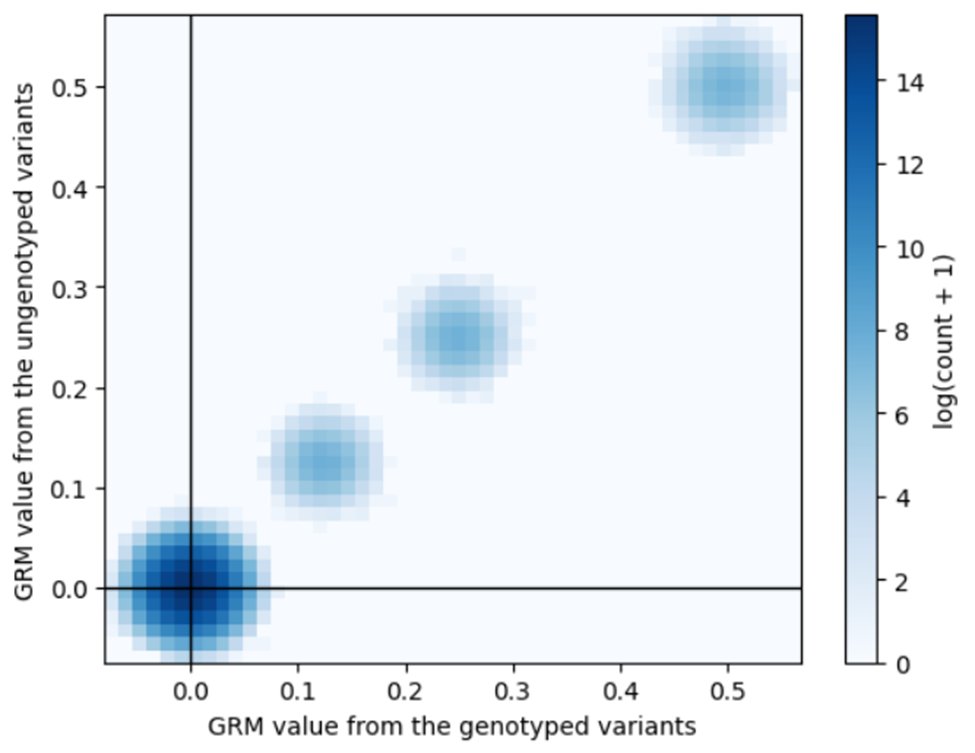
Zeyun Lu 鲁泽沄
@zeyun_lu
Research fellow @ DFCI and HMS. PhD @ USCKeck. Every day, I learn a bit in stats, genetics, and coding. Views my own.
ID: 1213714138456674304
http://zeyunlu.github.io 05-01-2020 06:49:43
401 Tweet
317 Takipçi
483 Takip Edilen


A brief musical note: I’m very excited to share that my brilliant wife, a pianist and composer, has just released her debut album featuring works by Iranian women composers, including one of her own. Here is the link in case you’d like to take a listen: navonarecords.com/catalog/nv6747/


The method for revealing ancestry-specific structures in admixed populations is published! Many thanks to my postdoc advisor Charleston Chiang and the members in the lab! I'm making this method as easy to use as possible, feel free to try it out at github.com/jitang-github/…

Very happy to share our new paper now on medRxiv: “Genetic risk effects act in sets”, a great effort led my PhD student Jolien Rietkerk, and performed together with collaborators Andy Dahl, Andrew Schork, Jonathan Flint etc. Thread 1/n

Excited to share that scPRS is now out Nature Biotechnology! We developed a new single-cell-resolved #PRS using deep learning. nature.com/articles/s4158…











Monotone convex transformations of an additive phenotype induce sign-consistent GxE--new preprint from Michal Sadowski, Noah Zaitlen and Richard Border


